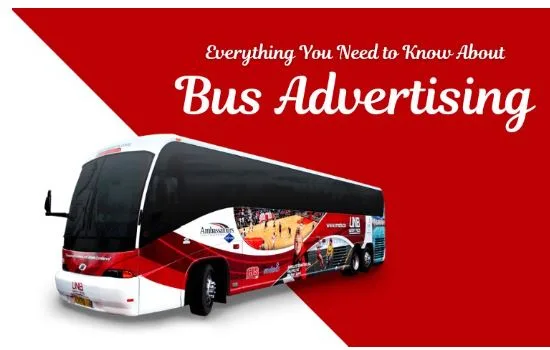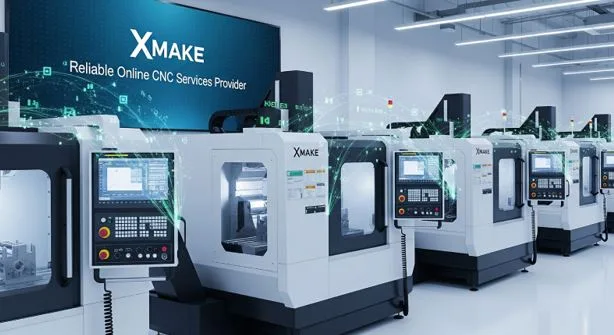Understanding Bus Advertising Rates for Brands
Introduction
Buses remain one of the most reliable and impactful platforms for outdoor advertising. Bus marketing allows brands to reach thousands of commuters daily across various routes. The mobility of buses ensures consistent visibility in both urban and suburban areas. Understanding bus advertising rates is crucial for planning effective campaigns and managing budgets efficiently. These rates guide advertisers in selecting the right strategy based on exposure and affordability.
Overview of Bus Advertising for Modern Brands
Bus marketing provides brands with a moving billboard that travels through multiple neighbourhoods and city zones. It works well with traditional and digital advertising strategies, offering intense exposure at a relatively low cost. Startups and established corporations alike benefit from its broad visibility. Analysing bus advertising rates helps advertisers identify the most suitable formats and optimise spending for maximum reach.
Different Categories of Bus Advertisements
Bus advertisements come in various types, each serving a distinct marketing purpose. Common forms include king-side and queen-side panels, rear-end displays, and interior seat-back ads. These placements offer flexibility for brands of all sizes. Bus marketing campaigns can also include digital screens for more dynamic visuals or full wraps for total vehicle coverage. Each format offers a different level of visibility, engagement, and cost.
King-Side and Queen-Side Panels
Large side panels on buses are apparent to both pedestrians and drivers. These placements offer constant visibility for high-traffic areas and urban roads. Bus advertising rates for side panels are moderate, making them suitable for local businesses and mid-sized campaigns. Their balance of cost and exposure makes side panels one of the most popular choices in bus marketing.
Rear-End Bus Displays
Rear-end advertisements are designed to capture the attention of drivers and passengers behind the bus, especially during traffic congestion. This form of bus marketing ensures longer viewing times and repeated impressions. Rear panel ads are typically more affordable than full wraps, allowing even small brands to engage effectively with their target audience while keeping bus advertising rates low.
Interior and Digital Bus Advertising
Interior ads placed on seat-backs, windows, or ceilings engage passengers during their journeys, ensuring focused attention. Meanwhile, digital screens and LED signage bring a modern touch to bus marketing, offering real-time updates and interactive visuals. While digital displays have higher bus advertising rates, they provide enhanced engagement and flexibility, which is ideal for innovative brands seeking stronger audience interaction.
Factors That Influence Bus Advertising Rates
Several variables determine bus advertising rates, including geographic location, fleet size, campaign duration, and design costs. Major cities with high commuter traffic tend to have higher prices than smaller towns. Other factors—such as printing, installation, and maintenance—also affect overall expenses. Understanding these variables helps businesses plan more efficiently and avoid overspending on low-performing routes.
Price Segments: From Local to National Campaigns
Entry-level bus marketing options, such as small side or rear ads, typically range between $500 and $2,000 monthly. Mid-tier campaigns that cover multiple routes may cost between $5,000 and $15,000, offering regional exposure. Premium full-fleet takeovers can exceed $50,000, creating total dominance for large-scale launches. Nationwide bus networks can reach six-figure investments, depending on route density and audience size.
Strategic Planning for Cost Efficiency
Effective bus marketing requires thoughtful planning. Brands should match routes with target demographics to ensure their message reaches the right audience. Buses operating through high-traffic areas offer maximum impressions but often come with higher bus advertising rates. Companies can also take advantage of seasonal promotions or event-driven campaigns for increased engagement during peak times.
Benefits of Bus Marketing
Bus marketing delivers continuous exposure since buses operate daily across busy routes. Ads cannot be skipped or ignored, unlike online content. Repeated visibility enhances brand recall and builds familiarity among commuters. With flexible bus advertising rates, businesses can select formats that align with their goals and budgets, making this medium one of the most cost-effective forms of outdoor advertising.
Challenges and Considerations
Despite its advantages, bus advertising comes with specific challenges. Weather conditions, maintenance issues, and local regulations can affect visibility or creative flexibility. Design quality also plays a critical role in achieving impact. Poor visuals or faded prints can weaken the message. These factors can influence overall bus advertising rates and must be considered during campaign planning to ensure optimal results.
Measuring ROI from Bus Campaigns
Tracking performance is vital in evaluating the success of bus marketing efforts. Metrics such as QR code scans, dedicated URLs, or customer feedback help measure engagement. Brands can compare these figures against their bus advertising rates to assess profitability. Regular monitoring enables advertisers to optimise future campaigns for better ROI and brand visibility.
Conclusion
Bus marketing remains one of the most effective and flexible outdoor advertising channels. Its ability to reach diverse audiences across multiple routes makes it ideal for businesses of any size. Understanding bus advertising rates allows marketers to balance cost and exposure wisely. With strong visuals, brilliant route selection, and data-driven strategies, bus advertising continues to offer high returns and lasting brand recognition.
FAQs
What is bus marketing?
Brand marketing is being done through advertisements on buses, either on the outside or inside the buses.
What is the cost of bus rates in advertisements?
Prices start at $500 on small panels and $50,000 and above on fleet campaigns.
Does the bus marketing work among the local companies?
Yes, it is cheap, and thousands of commuters see it daily.
Are the rates of bus advertising relative to location?
Admittedly, large cities and highways are more expensive than small ones.
Why is bus marketing a valuable tool for a brand?
It has a powerful OOH medium because of its mobility, high reach, and visibility.







